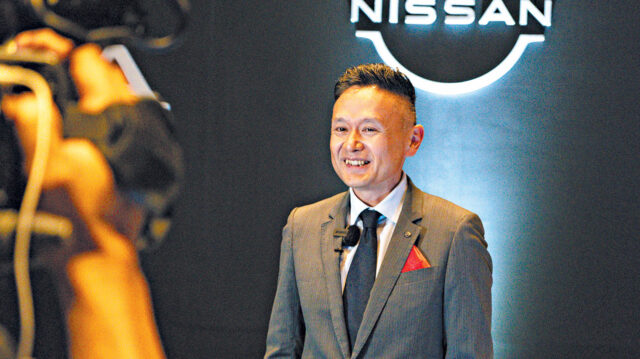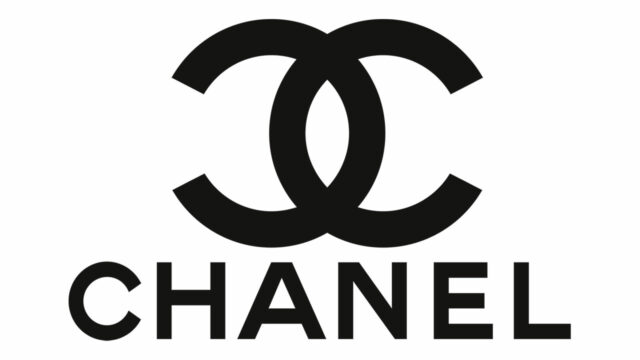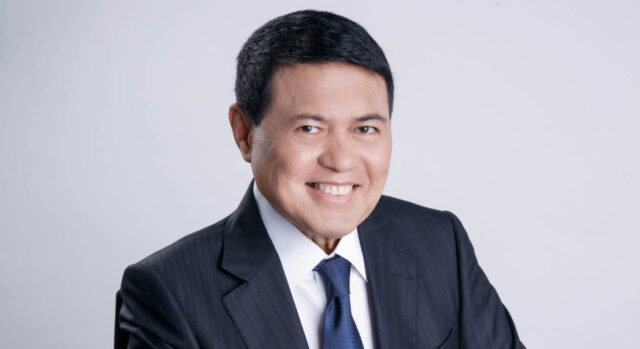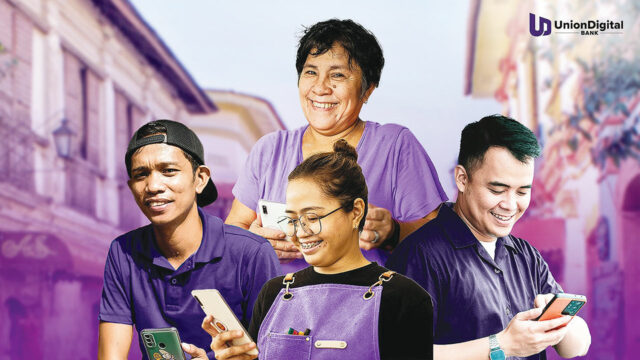Put public health over profit
In April 2024, allegations of an elaborate multi-level marketing scheme involving doctors and a pharmaceutical company sparked a conversation on conflict of interest in medicine. This led to an investigation by the Senate Committee on Health and Demography.
Conflict of interest is defined by the Institute of Medicine (2009) as “a set of circumstances that creates a risk that professional judgment or actions regarding a primary interest will be unduly influenced by a secondary interest.”1
In the context of medicine, doctors may face conflict of interest when their prescribing behavior, which should reflect their primary interest (to promote their patients’ welfare) has the potential of being influenced by a secondary interest (usually financial or professional gains from the pharmaceutical industry). Physicians’ interests in their patients’ welfare fundamentally conflict with the interests of the pharmaceutical industry, which center around profit.
Conflict of interest in medicine is a long-standing, normalized, and complex phenomenon. Pharmaceutical companies influence physician-prescribing behavior through med rep visits, providing medicine samples, sponsoring workshops, conventions, and seminars under the guise of “continuing medical education,” providing honoraria, giving gifts like watches, cars, and luxurious travels, and many other tactics.
Evidence shows that physicians with links to the pharmaceutical industry may be more likely to prescribe branded drugs than generic drugs. This threatens the quality of patient care and increases costs for healthcare, disproportionately affecting the poor, especially in the Philippines where medicine is expensive compared to our regional neighbors.
Studies have shown that eliminating direct industry funding of continuing medical education could increase evidence-based physician prescribing practices, make healthcare spending more efficient, and improve the quality of care.
Numerous doctors have boldly taken a stand on the issue of conflict of interest in medicine. One of them, Dr. Tony Leachon, a public health advocate who championed various causes from the sin tax reforms to addressing the COVID-19 pandemic, has unfortunately been the target of scrutiny and flak from the pharmaceutical industry.
But Dr. Leachon remains resolute in his advocacy for restoring transparency and trust in the healthcare system. As he said in his April 30 speech at the Senate Committee on Health and Demography hearing on the issue: “Each instance of misconduct not only harms individual patients but also damages public confidence in our healthcare system. This crisis of trust, if not addressed, could have lasting repercussions, deterring individuals from seeking necessary medical care and dissuading bright minds from entering the already tired and depleted medical profession brought about by the migration of healthcare workers who seek greener pastures.”
Given that our health workforce is underpaid and overstretched, doctors-in-training in medical schools need role models in the form of senior physicians to normalize ethical practices in healthcare.
A study done by Dr. Katherine Reyes et al2 (2020) showed that physicians deem interactions with the pharmaceutical industry as generally positive, particularly referring to the conduct of roundtable discussions, visits by medical representatives and accepting medicinal drug samples. Physicians consider interaction with the industry as acceptable practice among their colleagues. Thus, the authors recommend “role modeling to institute ethical attitudes and practices in healthcare, and to introduce recognition and management of pharmaceutical industry-related conflict of interest early among physicians through training institutions, hospitals, and professional societies.”
While the road to regulating interactions between healthcare providers and the pharmaceutical industry through legislation will likely be long and difficult, the Section 9.2 of the Philippine Medical Association (PMA)’s Code of Ethical and Professional Conduct is a good starting point. It states that “physicians must not solicit favors from the biopharmaceutical and medical device companies for personal interest and gain.”
Conflicts of interest aren’t only salient to medicine; they can have even graver consequences in the public sector. Our public health system is under threat when conflict of interest exists among policymakers being unduly influenced by industries marketing products harmful to health, such as tobacco and e-cigarettes.
Let’s take a look at a recent event with potential for conflict of interest: On April 16, First Lady Liza Araneta Marcos attended the inauguration of a Philip Morris International (PMI) manufacturing plant for its heated tobacco products, IQOS and Bonds, in Tanauan, Batangas. She was accompanied by Agriculture Secretary Francisco Tiu Laurel, Jr., and executives from PMI and Philip Morris Fortune Tobacco Co. (PMFTC).
President Ferdinand Marcos, Jr. has a record of being pro-tobacco. His links to the tobacco industry have been public knowledge for a while. In 2012, civil society and media called out then-Senator Marcos Jr. for conversing with then Philip Morris executive, Mario Zinampan, during a critical moment of the deliberations for the Sin Tax Reform Law on the Senate floor. Marcos Jr., during his term as legislator, was a chief opponent of tobacco taxation.
A few months into his term as chief executive in 2022, he and his wife hosted a luncheon for PMI in Malacañang, posting photos on the First Lady’s Facebook page.
These actions of unnecessary association with the leading tobacco company, not only in the Philippines but also in the world, are concerning, especially given that the Philippines is a signatory to the World Health Organization (WHO) Framework Convention on Tobacco Control (FCTC). The FCTC states that “fundamental and irreconcilable conflict [exists] between the tobacco industry’s interests and public health policy interests.” Article 5.3 of the FCTC states that the government “shall act to protest these [public health] policies from commercial and other vested interests of the tobacco industry in accordance with national law.”
In other words, the President must be sensitive to the conflict of interest that he faces when dealing with the tobacco industry, which he has been linked to in the past. This extends to the First Lady, who, although not officially paid by the government and with no official title, objectively exercises significant power and influence. She spearheads activities and programs as the First Lady (such as her “Lab for All” project), and all her actions in public are seen as having the President’s imprimatur. Thus, her being the guest of honor during the inauguration of the PMI factory may be interpreted as an endorsement of PMI, and her presence at PMI’s major event runs counter to the FCTC.
The First Lady’s presence at tobacco industry events becomes more controversial in light of the tobacco industry’s recent lobbying (or interference) in policy making.
A bill proposing to grant fiscal incentives to vape manufacturers, known as House Bill 9866 or the proposed Electronic Cigarette Manufacturing Act, was filed in February, and is currently pending at the House Committee on Trade and Industry. We agree with the Marcos Jr. administration’s focus on garnering investments, but unfortunately, it is promoting the wrong investments. We do not want to encourage investments in products, even if exported, that are harmful to public health. Certain kinds of e-cigarettes and heated tobacco products have already been banned in other countries like the United States and the United Kingdom.
Just like how the Filipino people put our trust in our healthcare providers to heal, we also put enormous trust in our government officials to keep public policy at arms’ length from industries that run counter to health. We urgently need stronger legislation to hold our healthcare providers and public officials to account, which will mandate them to serve the people, not private interests.
1https://www.ncbi.nlm.nih.gov/books/NBK22942/pdf/Bookshelf_NBK22942.pdf
2 https://tinyurl.com/3kyuy3yz
Pia Rodrigo is strategic communications officer at Action for Economic Reforms.














